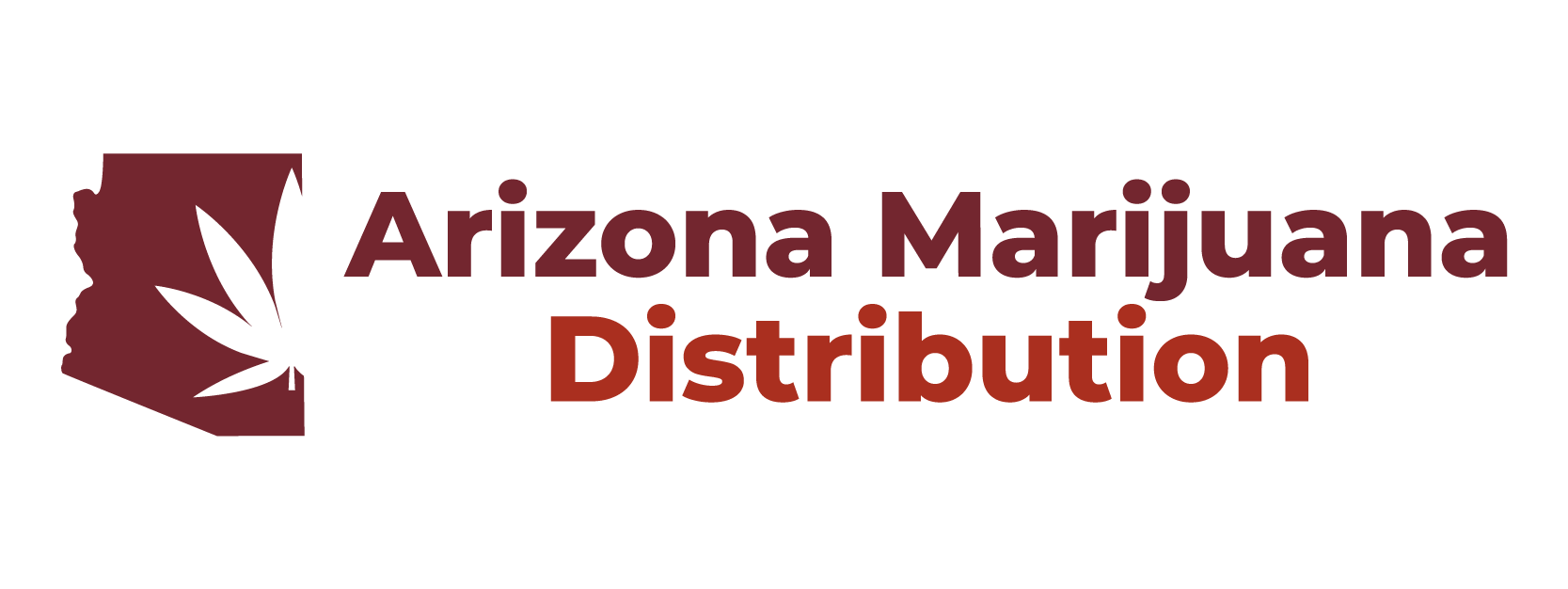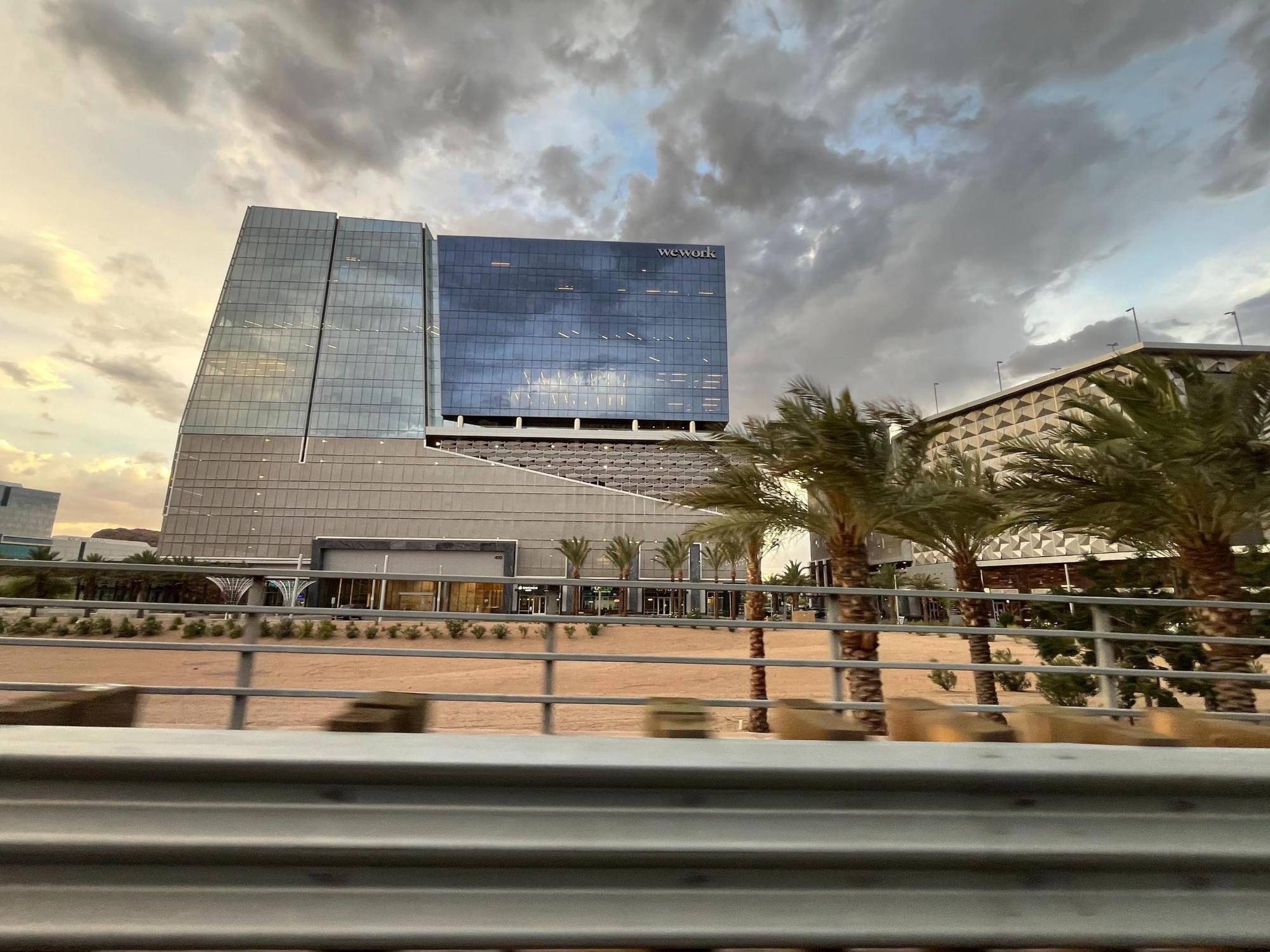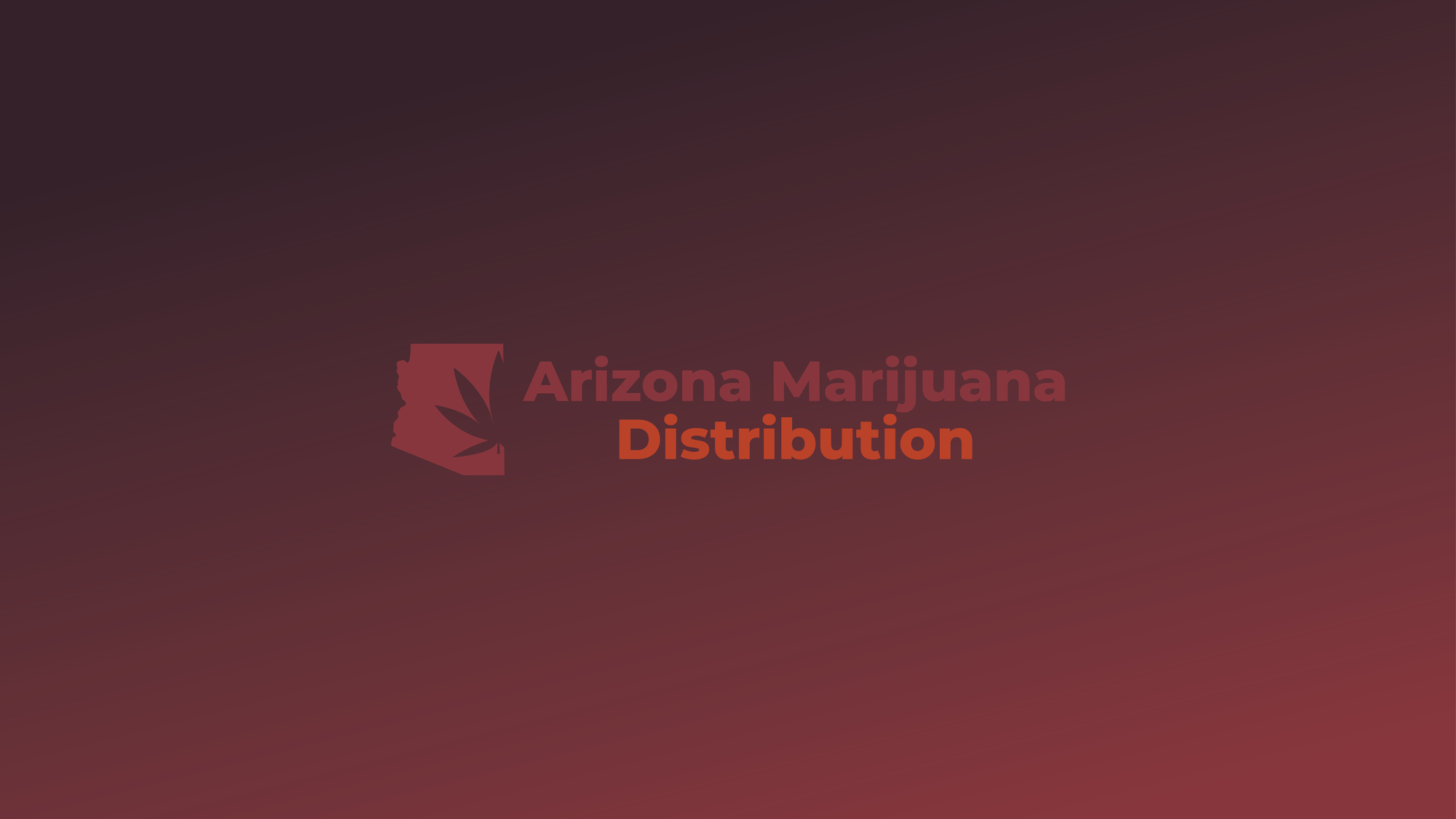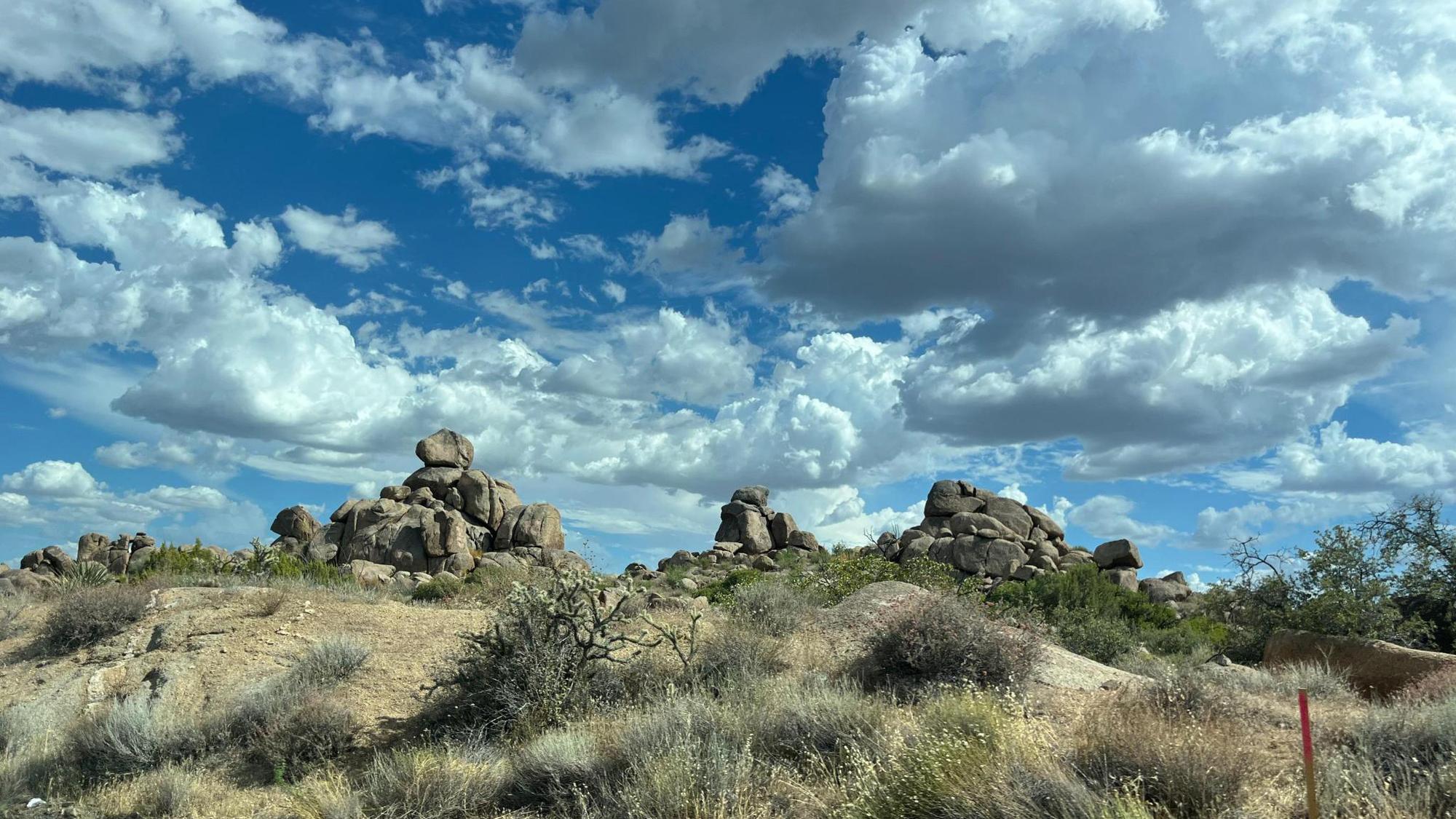Arizona’s supply chain landscape has undergone significant transformations in recent years, navigating the dual challenges of product shortages and oversupply. From rural grocery shelves to expansive urban warehouses, the state has grappled with disruptions while striving to maintain equilibrium in supply and demand.
Rural Struggles Amid Supply Chain Disruptions
In early 2022, rural regions of Arizona, particularly the Navajo Nation, faced acute product shortages. Labor deficits at Bashas’ Chandler distribution center, compounded by manufacturer and vendor shortages, led to sparse shelves in these communities. With limited grocery outlets—only 13 serving an area larger than several New England states combined—residents often undertook extensive journeys to procure essentials. The scarcity was most pronounced in perishable goods like fresh produce and meat, which require consistent handling and timely distribution.
Phoenix: A Distribution Powerhouse
Contrasting the rural challenges, Phoenix has emerged as a formidable hub in the distribution and warehousing sector. As of late 2024, the city ranked second among U.S. metropolitan areas in this domain. Between 2019 and 2023, Phoenix expanded its distribution and warehouse space by 44%, adding nearly 59 million square feet. Factors fueling this growth include its strategic proximity to major ports, competitive operational costs, and a burgeoning population that bolsters the labor force and consumer base.
Agricultural Sector’s Supply Chain Challenges
Arizona’s agricultural sector hasn’t been immune to supply chain hiccups. Farmers have contended with shortages of essential inputs like pesticides and equipment parts, leading to increased costs and operational delays. These challenges have prompted many in the sector to stockpile inventory, aiming to buffer against future uncertainties.
Strategic Initiatives for Resilience
To address these multifaceted challenges, Arizona has initiated several strategic measures:
- Infrastructure Investments: Expansions of the I-10 and I-11 corridors aim to enhance connectivity, facilitating smoother logistics operations.
- Public-Private Partnerships: Collaborations between government entities and private firms are fostering workforce development programs, ensuring a steady pipeline of skilled labor for the logistics sector.
- Technological Integration: Companies are increasingly adopting advanced technologies, such as AI-driven inventory management systems, to predict demand patterns and optimize stock levels.
Balancing Act: Efficiency and Resilience
The overarching goal for Arizona’s supply chain stakeholders is to strike a balance between efficiency and resilience. While lean operations and just-in-time inventory systems offer cost advantages, recent disruptions have underscored the importance of flexibility and preparedness. By diversifying supplier bases, investing in infrastructure, and embracing technological innovations, Arizona aims to fortify its supply chain against future upheavals.
In conclusion, Arizona’s journey through the complexities of product shortages and oversupply highlights the state’s proactive approach to supply chain management. Through strategic investments and adaptive practices, Arizona is positioning itself to not only weather current challenges but also to thrive in an increasingly dynamic global supply landscape.



